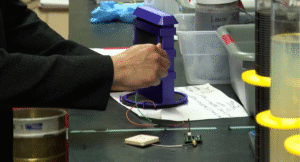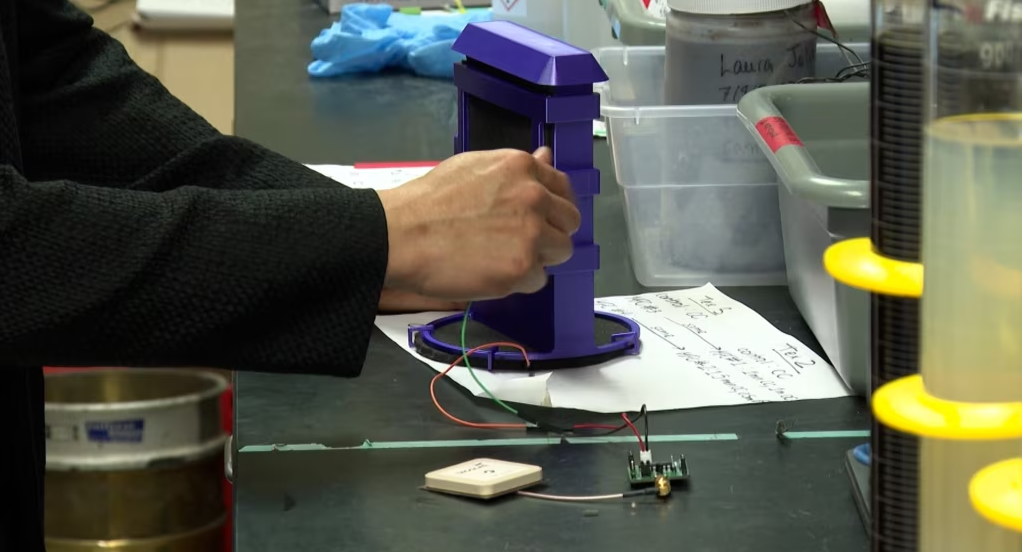
Northwestern University students working on new device that generates energy from the soil
Innovative Soil Sensor Uses Microbial Energy to Help Farmers
One potential solution that is not yet in widespread use is a remote sensing device powered by biological processes, which could enable farmers to maximize land productivity. According to VOA correspondent Kane Farabaugh, two students from Northwestern University have developed a soil analysis sensor that harnesses energy produced by microbes, offering a sustainable way to monitor soil health.
Innovative Microbial Soil Sensor Offers New Hope for Farmers
One of the biggest challenges for Illinois farmer Tom Martin is assessing the soil quality in his fields where he grows corn and soybeans.
“Knowing the soil content is fundamental for production because it helps us determine what crops we can grow,” he explains. “In the past, testing hasn’t been very reliable.”
Accurate soil information can also guide farmers like Tom in deciding how much fertilizer to buy. However, a major obstacle to using data-driven tools in remote fields is powering the equipment that collects and analyzes soil data.
“I’m exploring new technologies to better understand what’s happening in the land we plant,” says Tom.
Laura Jaliff, a graduate student at Northwestern University, recognized this need for more accessible and affordable soil sensors. She has been developing a device that requires no batteries and can operate almost anywhere, in any conditions, day or night.
“The goal is to create a tool that can analyze soil conditions without relying on traditional power sources,” she explains.
The device relies on a microbial fuel cell developed by fellow graduate student Bill Yen.
“Our device captures electrons released by microbes and uses them as a source of energy,” Yen says.
Microbes were first discovered in 1911 to naturally produce electricity, but only recent innovations, like this soil sensor, have made microbial energy usable for practical applications.
“Our aim is to extend smart technology beyond the traditional power grid,” Yen adds.
Yen’s microbial fuel cell powers sensors that feed data into artificial intelligence systems, helping us better understand environmental conditions. The device is simple to make, using publicly available resources and 3-D printing.
“Each sensor has an anode and a cathode—made from carbon fiber—using plant-based materials. Carbon fiber can be produced worldwide through biomass processing,” Yen explains.
While microbial energy isn’t enough to power devices like cell phones, generating only about 200 microwatts, it’s sufficient for soil monitoring.
“Doubling the size doesn’t produce twice as much energy,” Yen notes.
Nonetheless, this amount of power can provide farmers like Tom with critical information to optimize fertilizer use, saving money and reducing environmental impact.
“It’s not just about fertilizer; it’s about fuel, labor, and overall costs,” Tom says.
By utilizing this innovative sensor, farmers can improve their land management—saving money and protecting the environment—while gaining valuable insights into their soil health.




